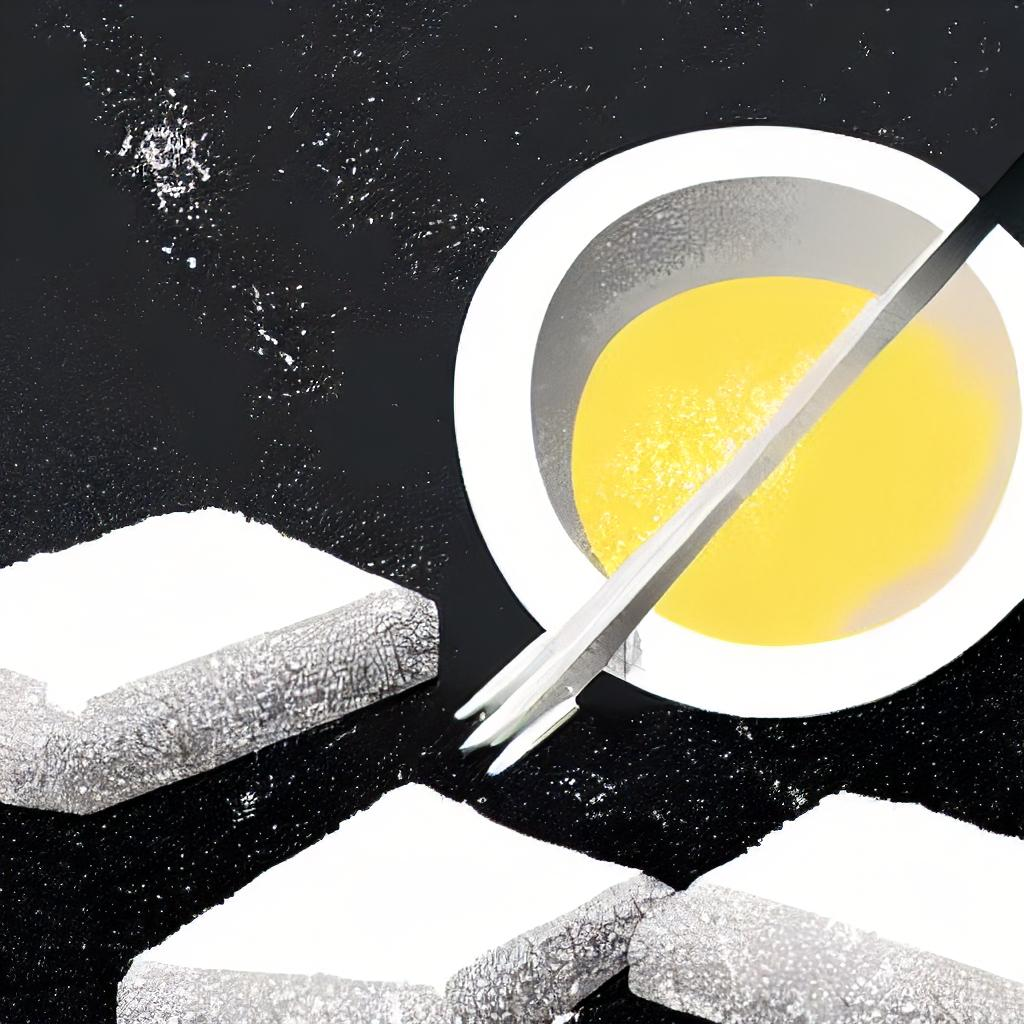Home Cocaine Tests
Home cocaine tests are over-the-counter kits that can be used to detect the presence of cocaine in a person’s system. These tests are typically easy to use and provide results within minutes. They work by detecting the presence of cocaine metabolites, which are the by-products of cocaine that remain in the body after the drug is metabolized. However, it is important to note that these tests are not always foolproof, and a positive result does not necessarily mean the individual is currently under the influence of the drug or has a problem with addiction. A negative result also does not guarantee that the individual is not using the drug or does not have a problem with addiction.

Types of Tests Available
There are a variety of home cocaine tests available, including:
- Urine tests: The most common type of home cocaine test and are relatively easy to use. They involve collecting a urine sample and then adding a special reagent to the sample. If the reagent changes color, it indicates the presence of cocaine in the sample. These type of home tests are the most common and inexpensive and can detect the drug for the last 1-3 days. However, it should be noted that these tests are not always completely accurate and can sometimes produce false negative results, particularly in cases where the individual has taken large amounts of water to dilute their urine or has used certain medications that can interfere with the test.
- Hair tests: Another type of home cocaine test that can be used to detect the presence of cocaine in a person’s system. These tests involve collecting a small hair sample, typically about 1.5 inches and then sending it to a laboratory for analysis. Hair tests are considered to be more accurate than urine tests because the metabolites of the drug can be detected for a longer period of time, can detect use up to 90 days back. However, they are also more expensive and typically take longer to provide results. Additionally, hair tests can sometimes be affected by external factors such as exposure to environmental toxins or certain hairstyles and treatments.
- Saliva tests: A newer type of home cocaine test that are becoming increasingly popular. These tests are easy to use, require a small amount of saliva and provide results in minutes. They are less invasive than other types of home cocaine tests, but they are also less sensitive. They can detect the use of the drug in the last few hours or days, but they are also more prone to producing false negatives, particularly if the individual has consumed large amounts of fluids before the test. Additionally, these tests can also be influenced by a variety of factors such as mouthwash, food, and certain medications.
Limitations of Home Tests
It’s important to note that home cocaine tests are not a substitute for professional medical or addiction treatment services. They are intended for use as a screening tool and should not be used as the sole basis for a diagnosis or treatment plan. It’s also important to use the tests according to the instructions and to read the expiration date, as results may vary if the test has expired. Additionally, it’s essential to understand that even if a test produces a positive result, it’s still important to consult a healthcare professional for a proper diagnosis and treatment plan.
Seeking Professional Help
If you suspect a loved one is using cocaine, it’s important to seek professional help as soon as possible. There are a variety of professional resources available for individuals seeking help with cocaine addiction. These may include:
- Substance abuse treatment centers: These facilities provide a wide range of services, including inpatient and outpatient treatment, counseling, and medication-assisted treatment (MAT). These centers are staffed with trained professionals who can provide a personalized treatment plan to help the individual overcome their addiction. They may use a combination of therapies such as cognitive-behavioral therapy, motivational interviewing, and contingency management to help change the individual’s behavior and attitudes towards drug use.
- Rehabilitation programs: These programs focus on helping individuals overcome addiction and achieve long-term recovery through a variety of therapeutic approaches, such as behavioral therapy, group therapy, and counseling. Rehabilitation programs can be inpatient, where the individual stays at the facility for a period of time, or outpatient, where the individual continues to live at home while receiving treatment. These programs may also include recreational therapy, educational classes and support groups.
- Support groups: Organizations such as Narcotics Anonymous and Cocaine Anonymous provide support, guidance, and encouragement to individuals struggling with addiction. These groups are made up of individuals who have been through the same experiences and can offer understanding and support. They provide a safe and non-judgmental environment to share experiences and gain strength from one another’s recovery.
- Medical professionals: Addiction specialists, psychiatrists, and other medical professionals can provide medication-assisted treatment, counseling and therapy, and other forms of support to help individuals overcome addiction. Medications such as methadone, buprenorphine, and naltrexone can help reduce cravings and withdrawal symptoms and aid in the recovery process. Additionally, medical professionals can also address any other underlying conditions or co-occurring disorders, which may have contributed to the development of the addiction.
Useful Links
- SAMHSA (Substance Abuse and Mental Health Services Administration)
- NIDA (National Institute on Drug Abuse)
- Narcotics Anonymous
- Cocaine Anonymous
- American Society of Addiction Medicine (ASAM)
- Partnership for Drug-Free Kids
- Addiction Center
It’s crucial to remember that addiction is a chronic illness, and recovery is a lifelong process that requires professional help and support. With the appropriate treatment and support, individuals can overcome their addiction and achieve long-term recovery.